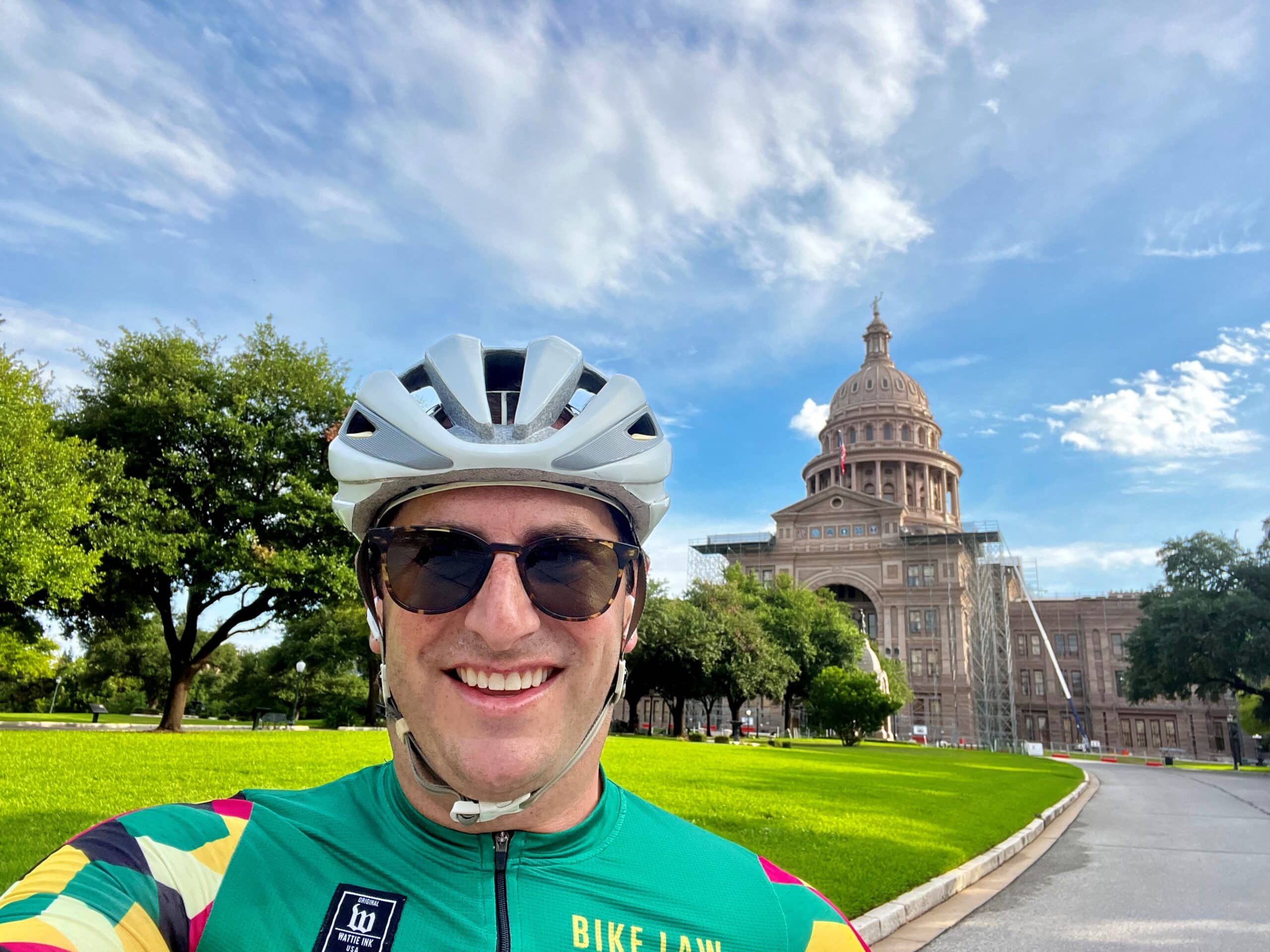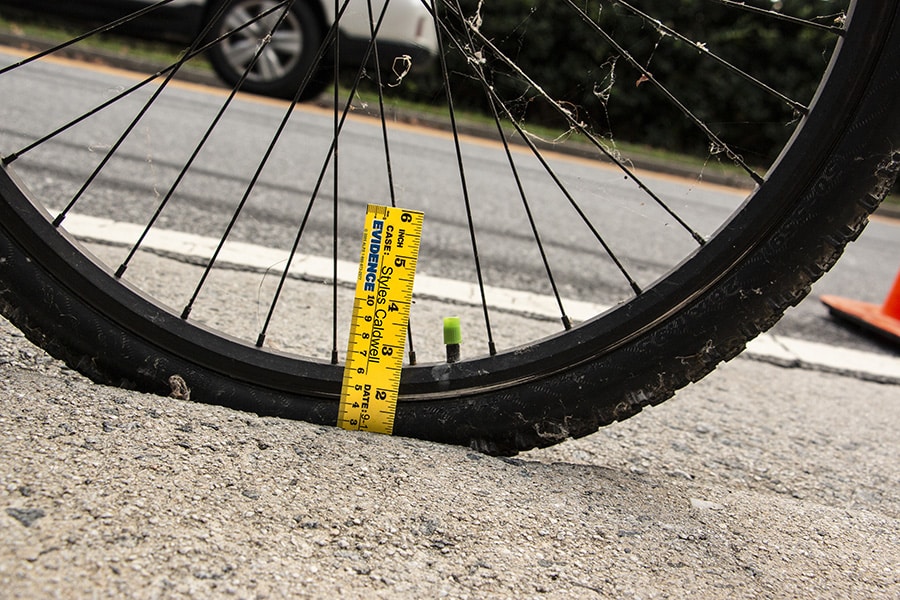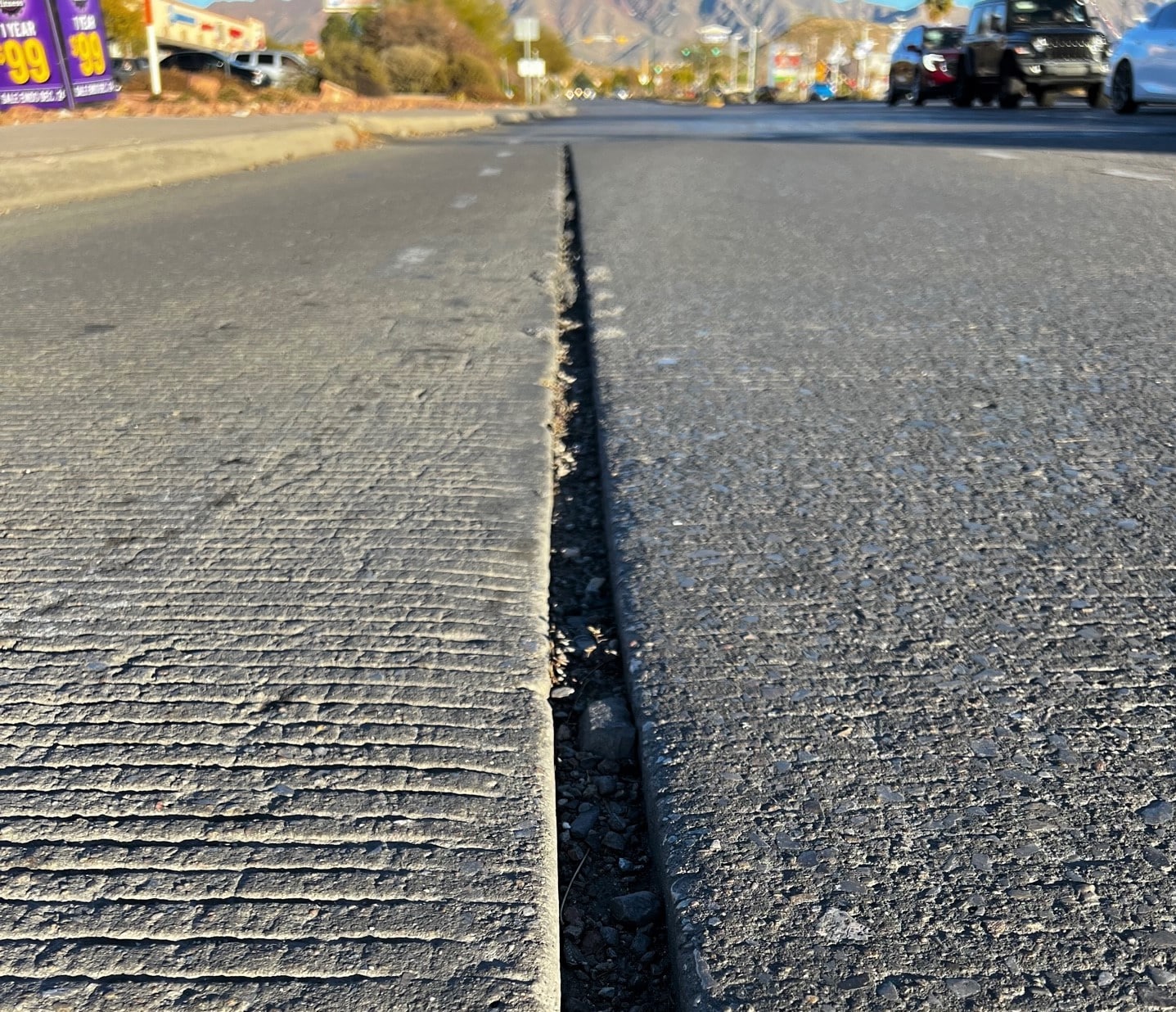Last week another Iowa cyclist was killed by a hit-and-run driver.
At around 6:00am Dave Ryder was struck by Stephanie Kenealy on 35th Avenue. Dave was coming home from the casinos. He was riding a road bike with drop handlebars. The bicycle was equipped with at least a rear light, and Ryder was wearing a white shirt. It was still dark, but the sky was probably getting lighter as dawn was scheduled for 6:58am. At the time of the collision it was raining.
Stephanie Kenealy was driving her Ford SUV northbound on 35th avenue. She was on her way to work. Kenealy reportedly works as a paraeducator and cheerleading coach and sponsor at Thomas Jefferson High School.
She came upon Ryder and struck him from behind. Pictures of the bicycle after the collision show the typical tell-tale signs of a rear end collision. The bicycle is basically intact other than a collapsed rear wheel. Kenealy’s SUV had front end damage. The media has reported that Kenealy’s driving record indicates that she spent time in jail for driving with a suspended license, speeding and other violations.
When the SUV struck the bicyclist he was thrown up onto the hood of the SUV and carried for several feet before the bicyclist fell off the car. Police say Kenealy fled after the collision, and left the scene for 45-50 minutes.
Media reports all seem to say that the street was narrow with no sidewalks and poor lighting in the area. They also mention that the bicyclist was not wearing a helmet.
I find it irritating when a cyclist is struck and people start pointing to things the cyclist failed to do or people start to talk about why the cyclist shouldn’t have been on the road. The fact that the road may or may not have been narrow is no excuse for failing to see something in the path of a driver’s vehicle. This stretch of road is lightly used and was probably almost vacant at the time of the collision. The cyclist had all legally required equipment and contrasting clothing. There are no reported witnesses, suggesting that the bicyclist and the driver were the only people in the area at the time of the collision.
The thing so shocking about this collision is the driver’s actions after the fact. She did the most cowardly thing a driver can do. She fled the scene, leaving the bicyclist to die alone on the cold rainy pavement.
My experience is that almost 20% of bicycle collisions in rural areas will result in a driver fleeing the scene. I expect that this number will be slightly higher in urban areas. Unfortunately, Iowa does not track these numbers, so we have no way to know for sure.
It never fails to surprise me that drivers flee so often. When a driver flees the scene of an accident with an injury they, commit a felony. If they stop they need not fear any criminal prosecution unless they are drunk or were in the process of some other illegal activity. To my knowledge, no one gets locked up for simply driving a vehicle negligently. My experience is that drivers flee for many reasons. Drivers flee because they don’t have insurance, they are drunk, they have an outstanding warrant, they flip out after a collision, or because they think they can get away.
Even in situations where the driver successfully flees the scene, there may be a potential recovery. We have handled cases in which the police were unable or unwilling to do the work necessary to identify a hi-and-run driver. We have identified drivers and held them responsible for their actions. We have even been able to secure a recovery in hit-and-run collisions in which the driver was never identified.
I expect that I will never find anything so satisfying as the experience of holding a hit-and-run driver accountable for their actions. I’ve had hit-and-run drivers try to give me all sorts of excuses for their actions, but once a driver flees the scene they lose all credibility. Cases like those remind me why I went to law school: to seek justice for the vulnerable.







